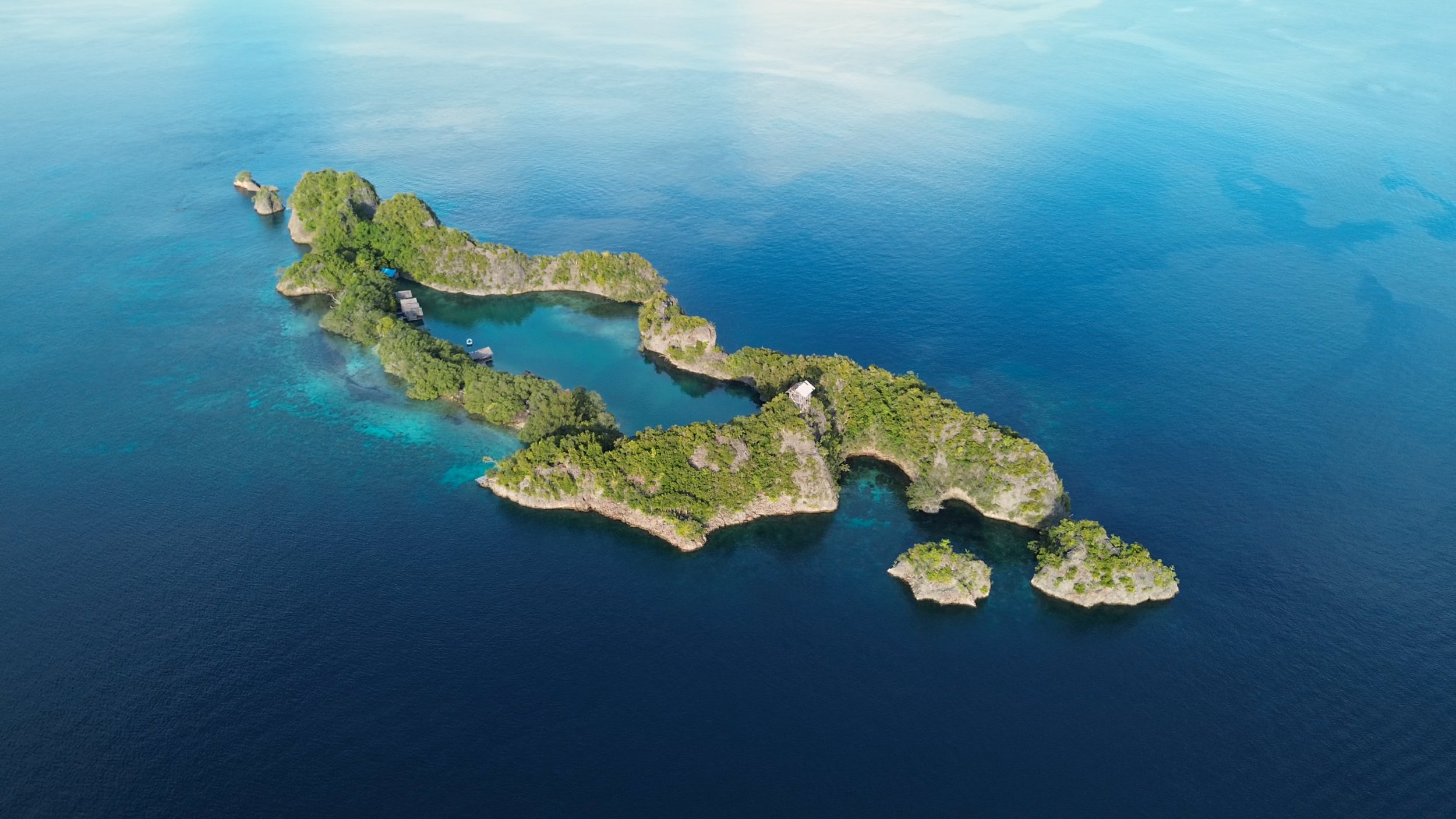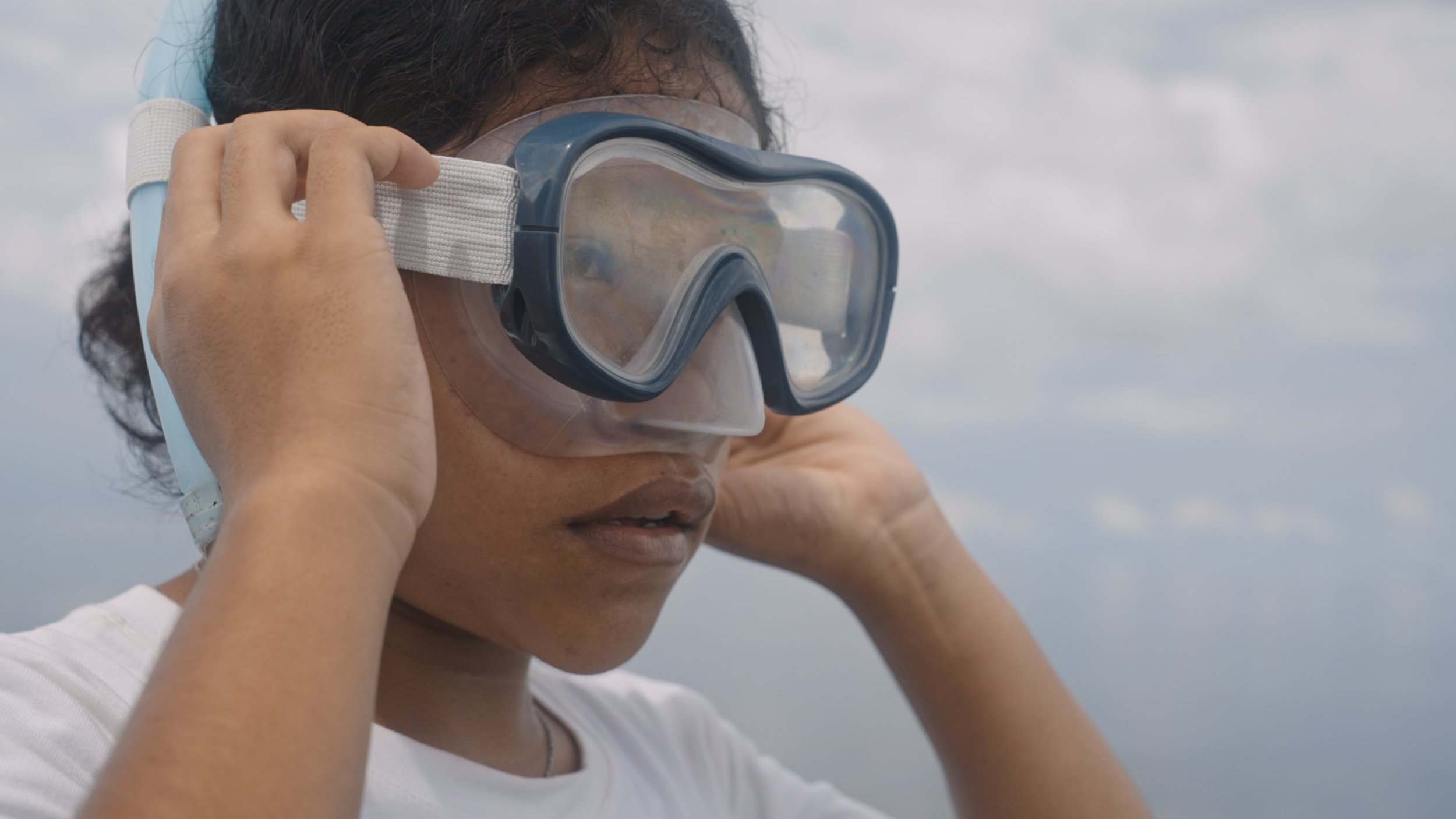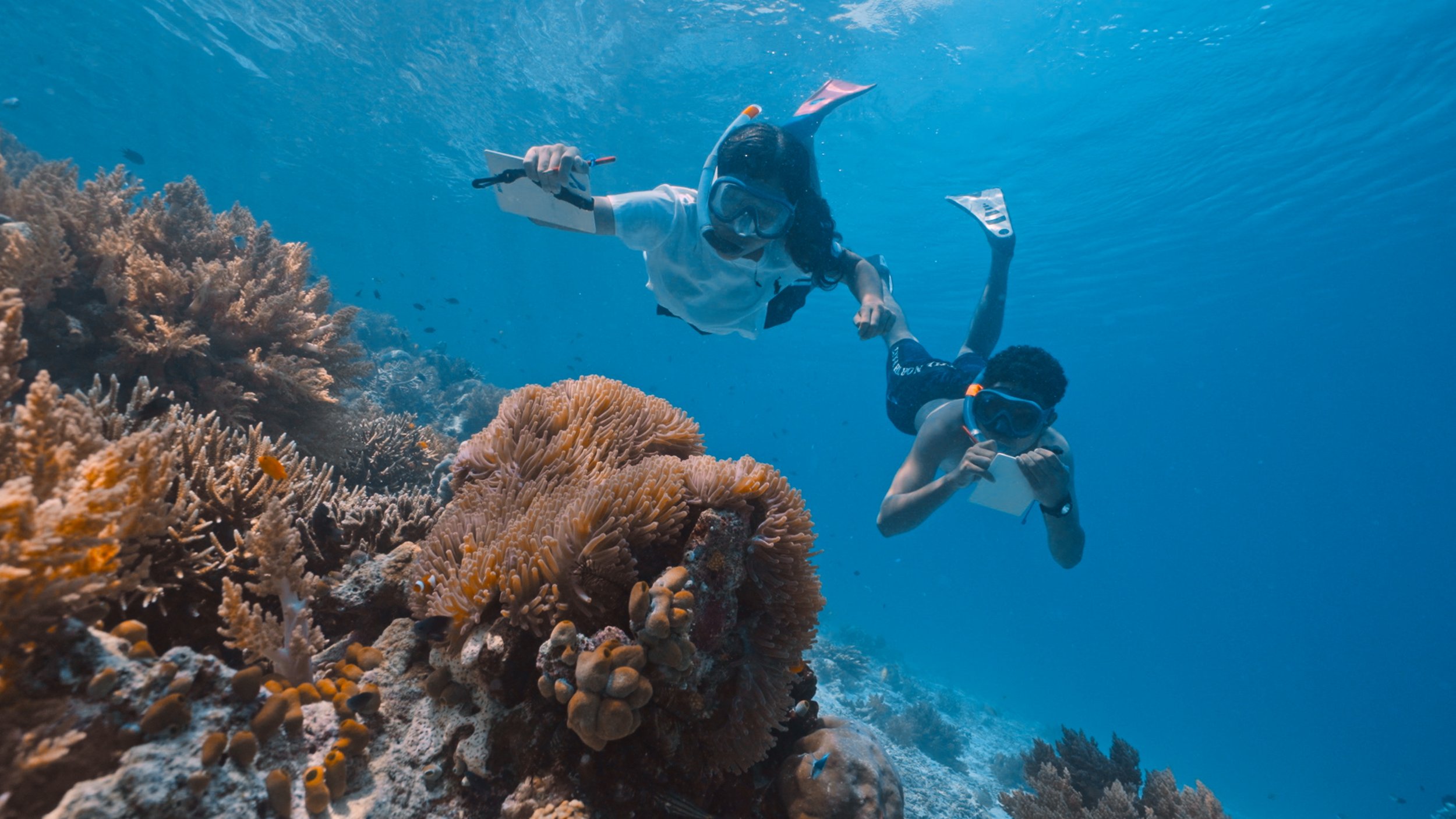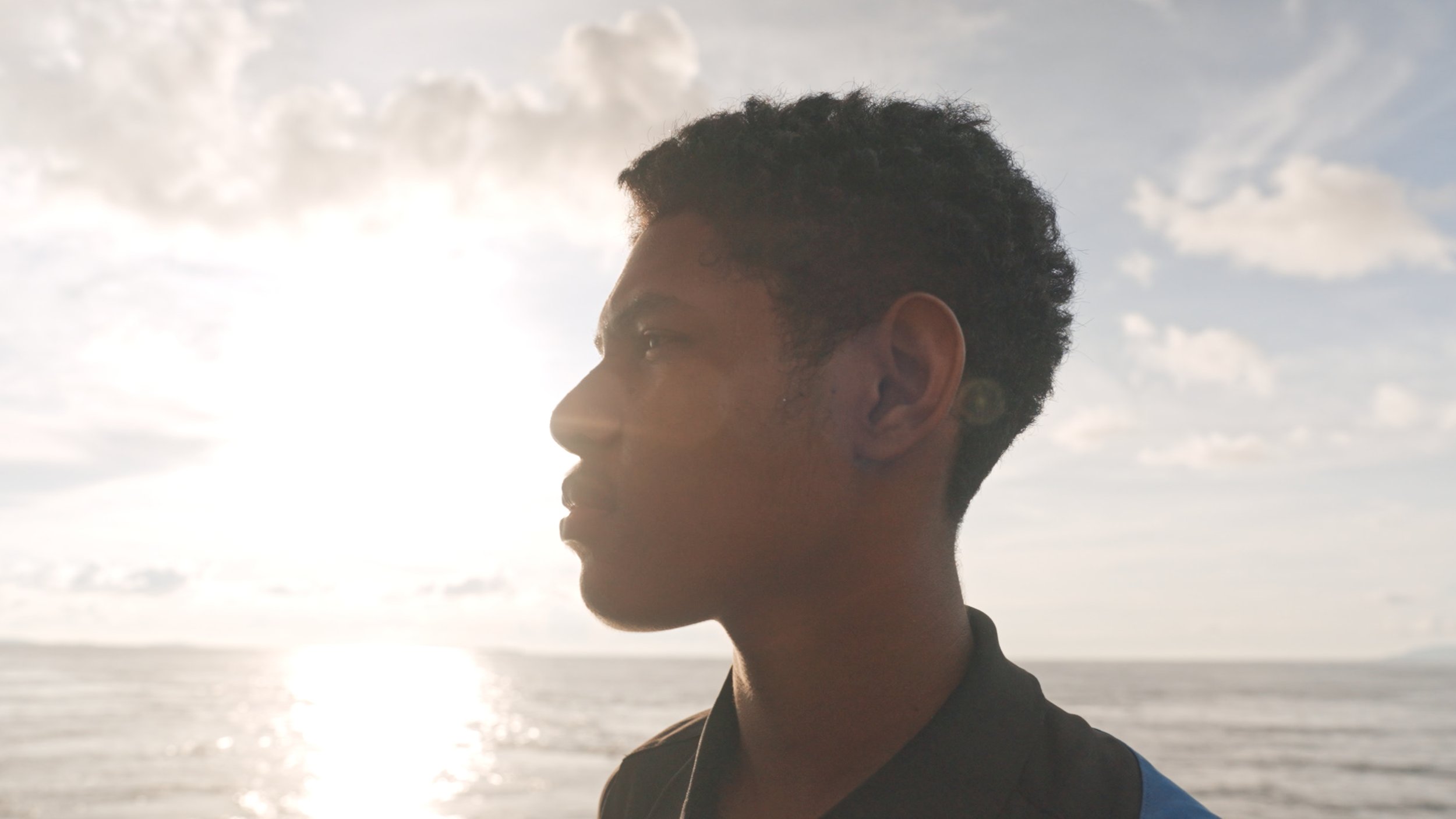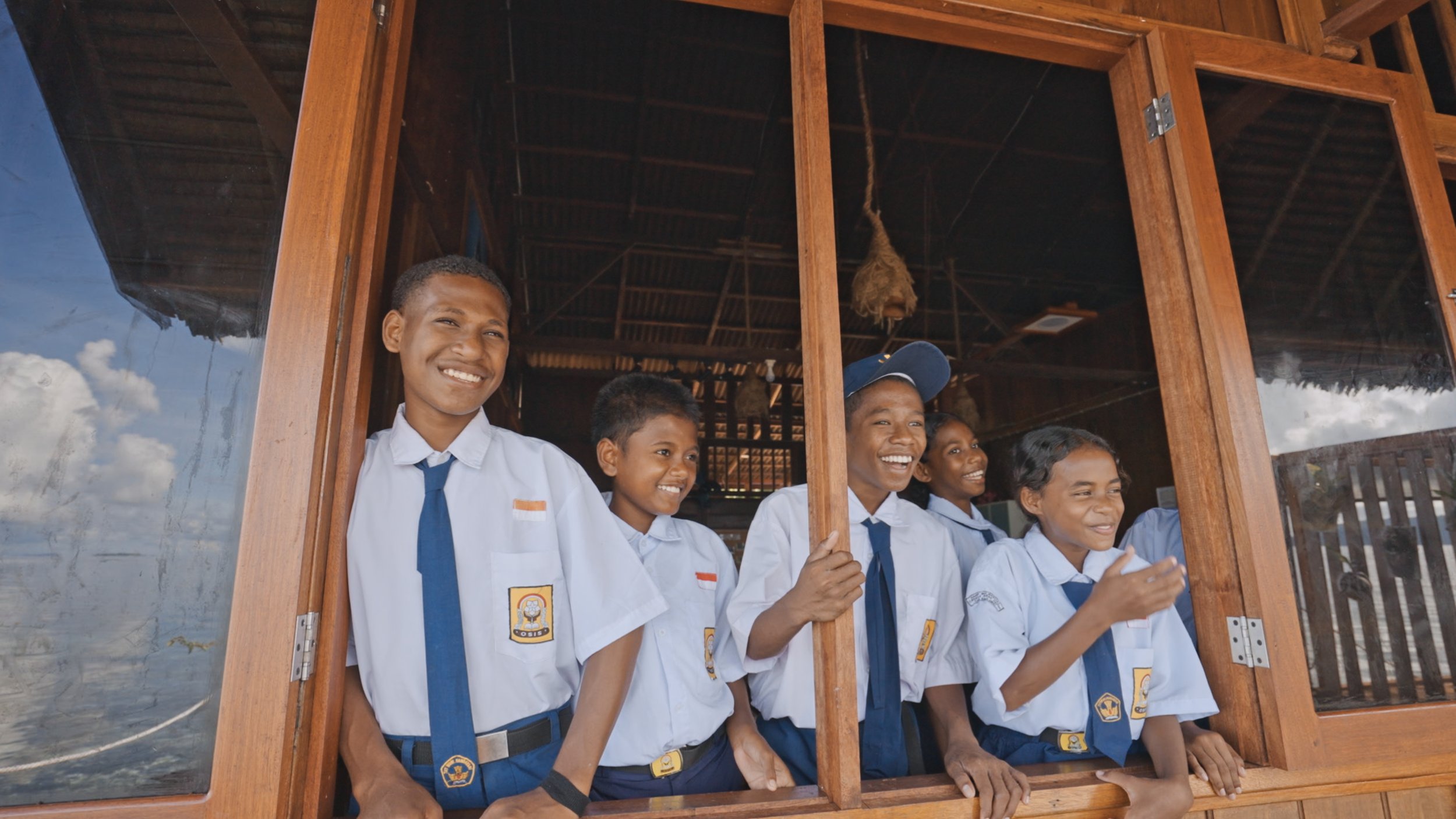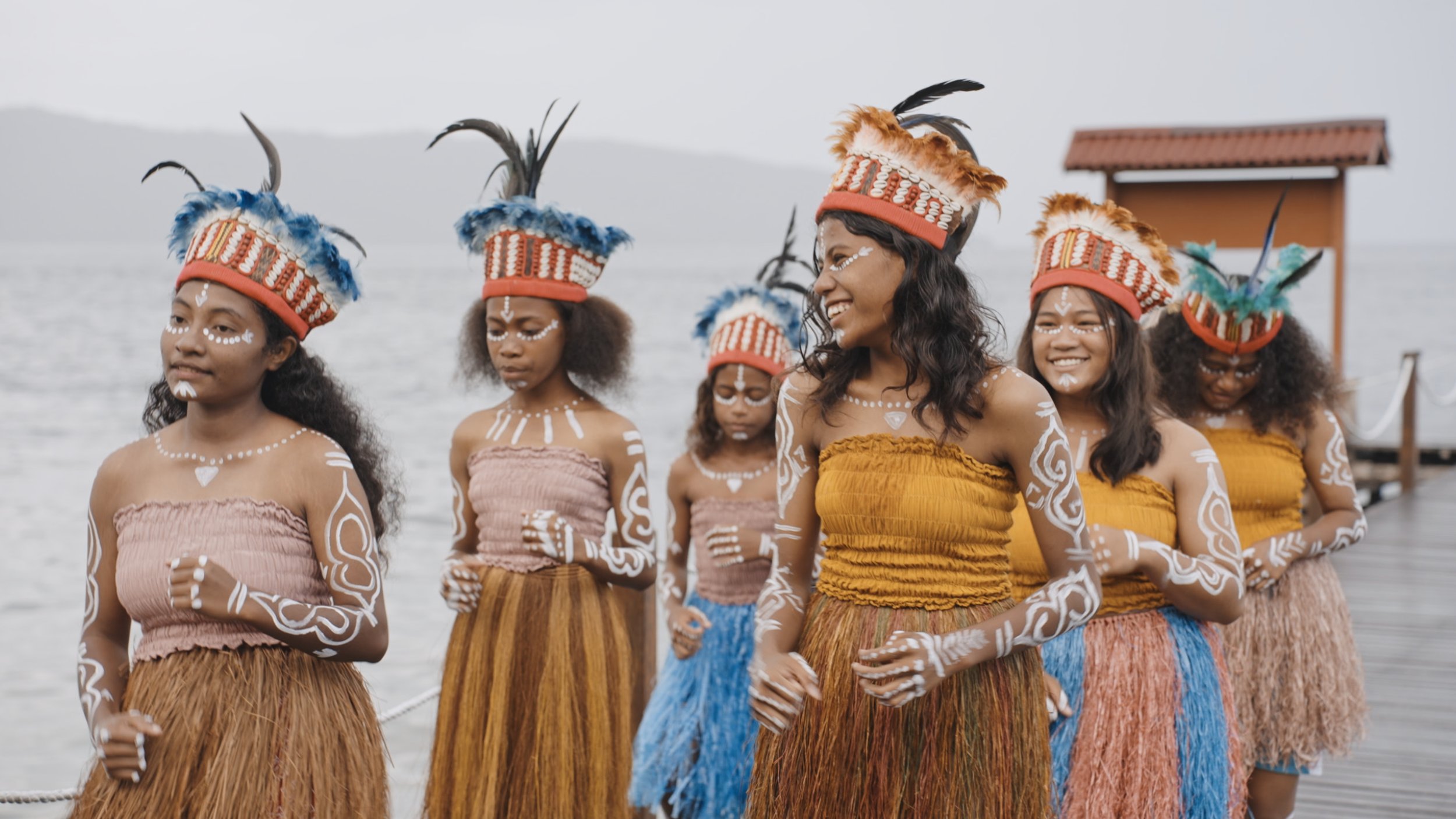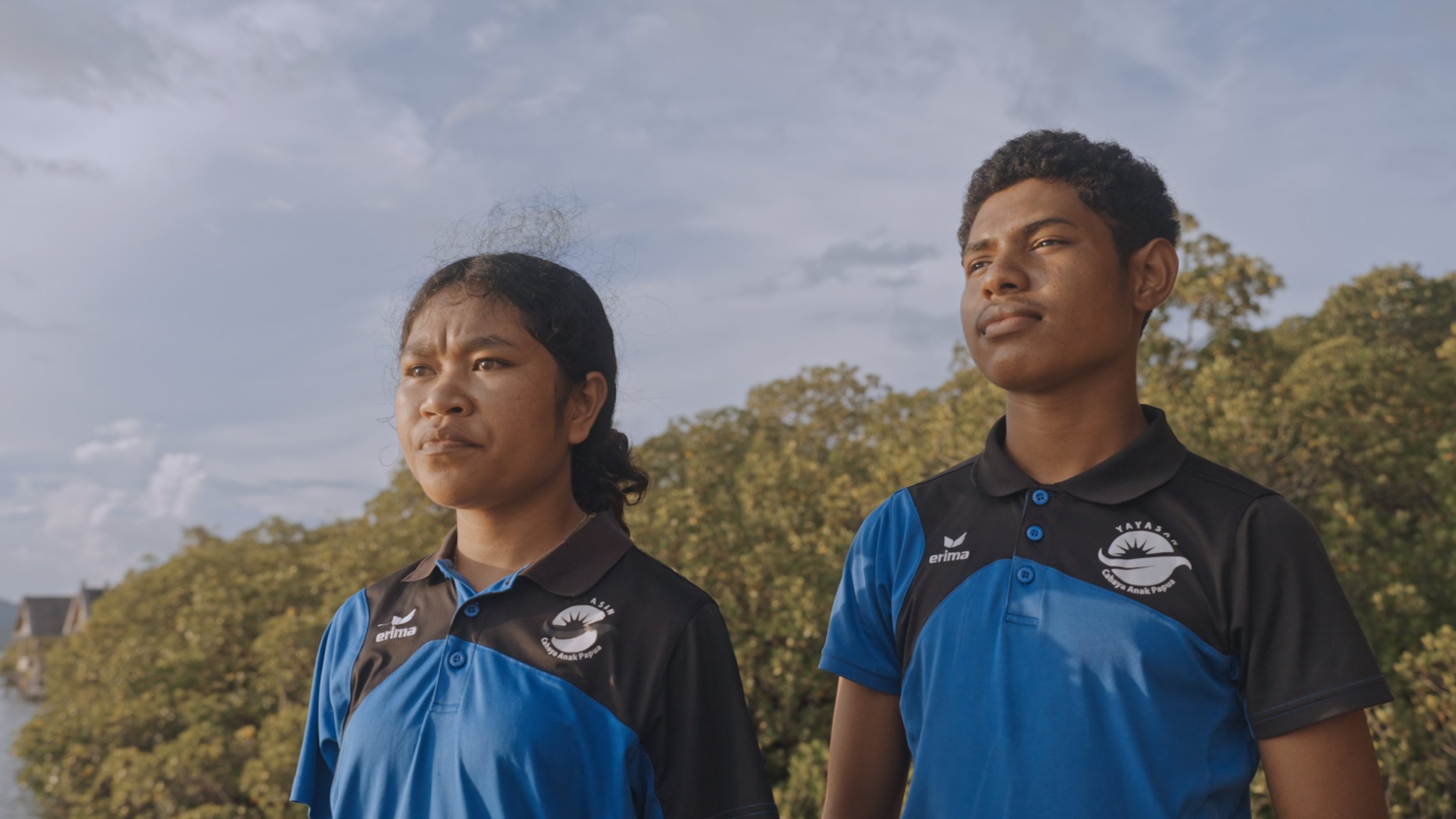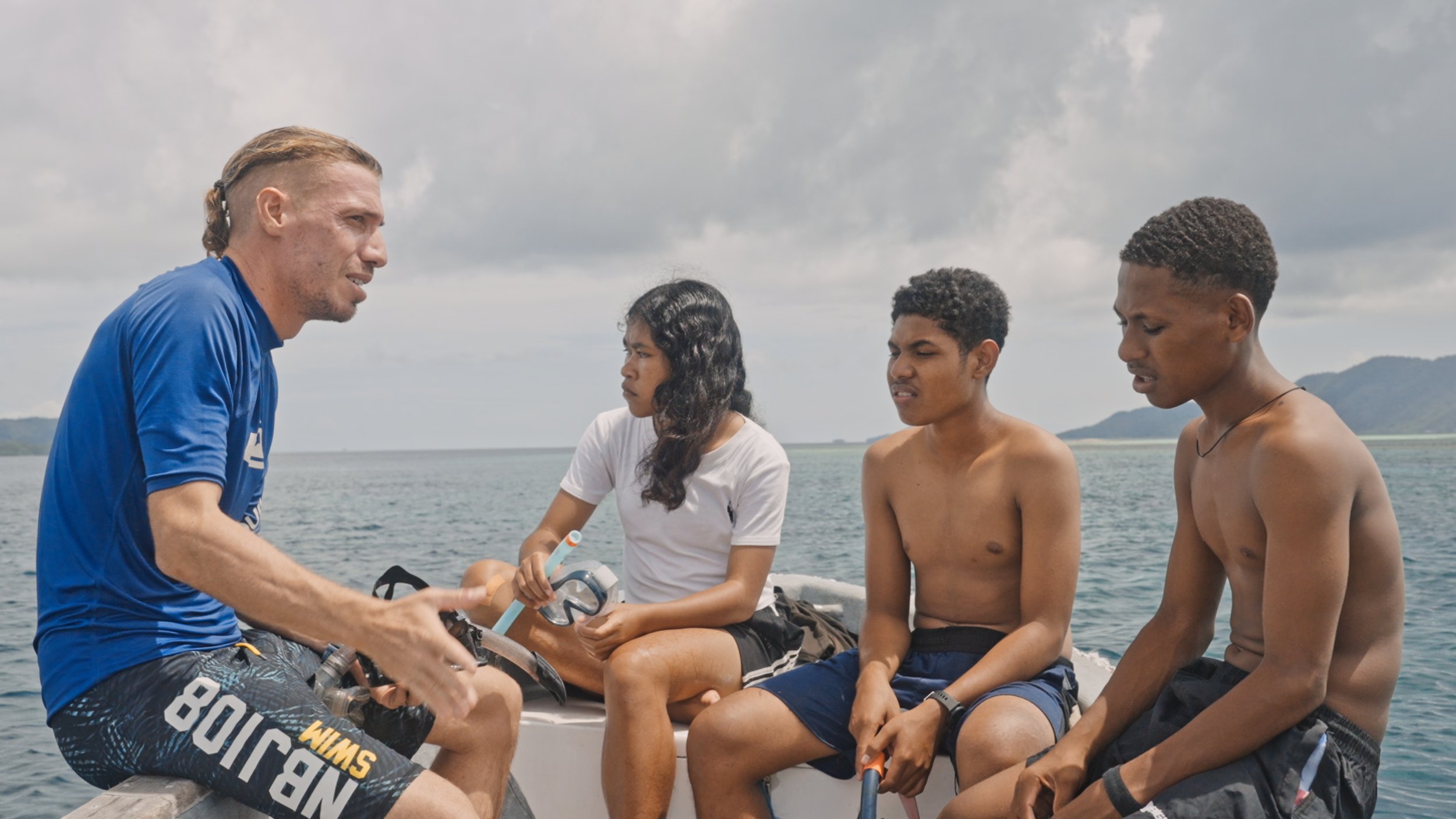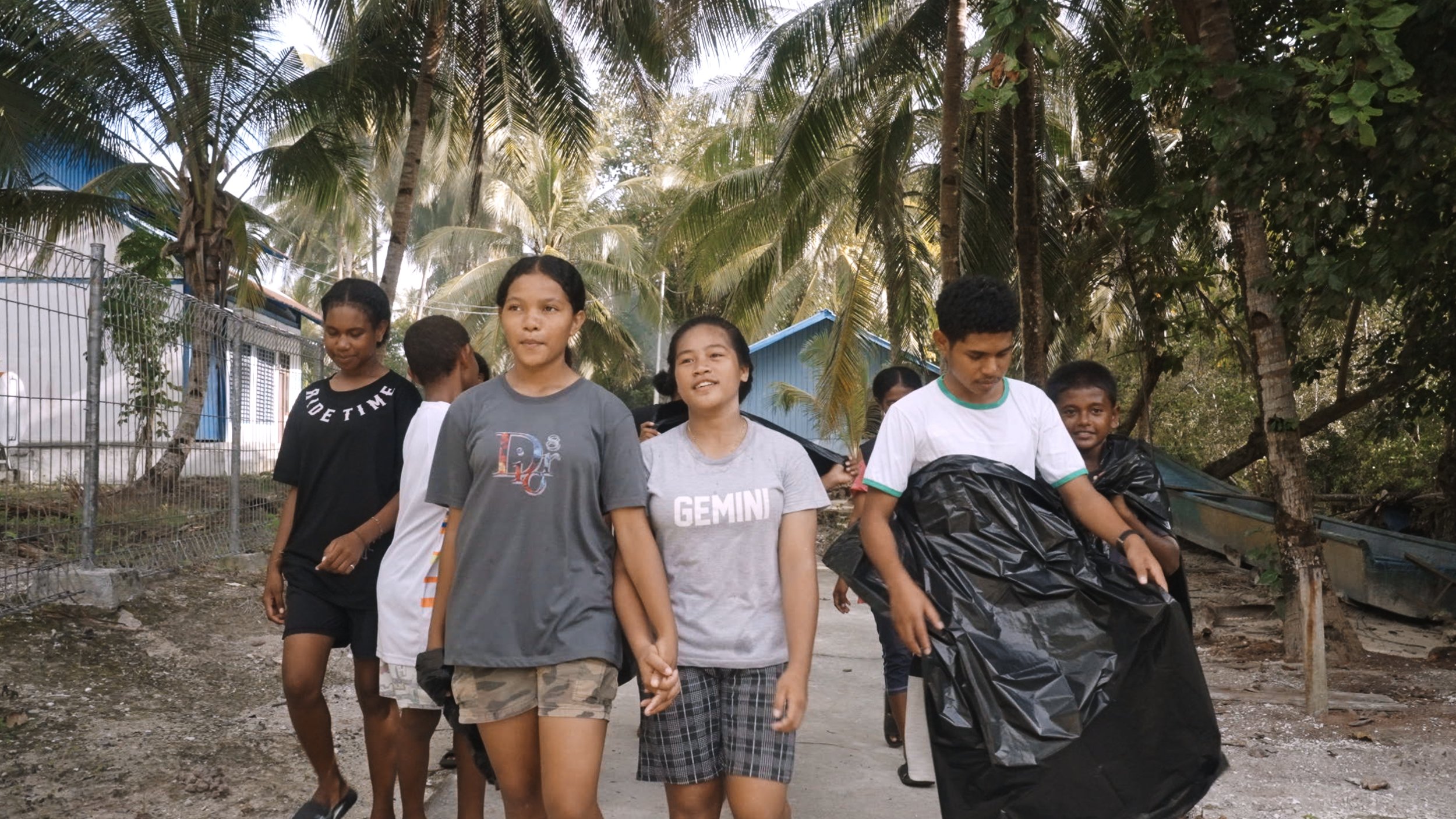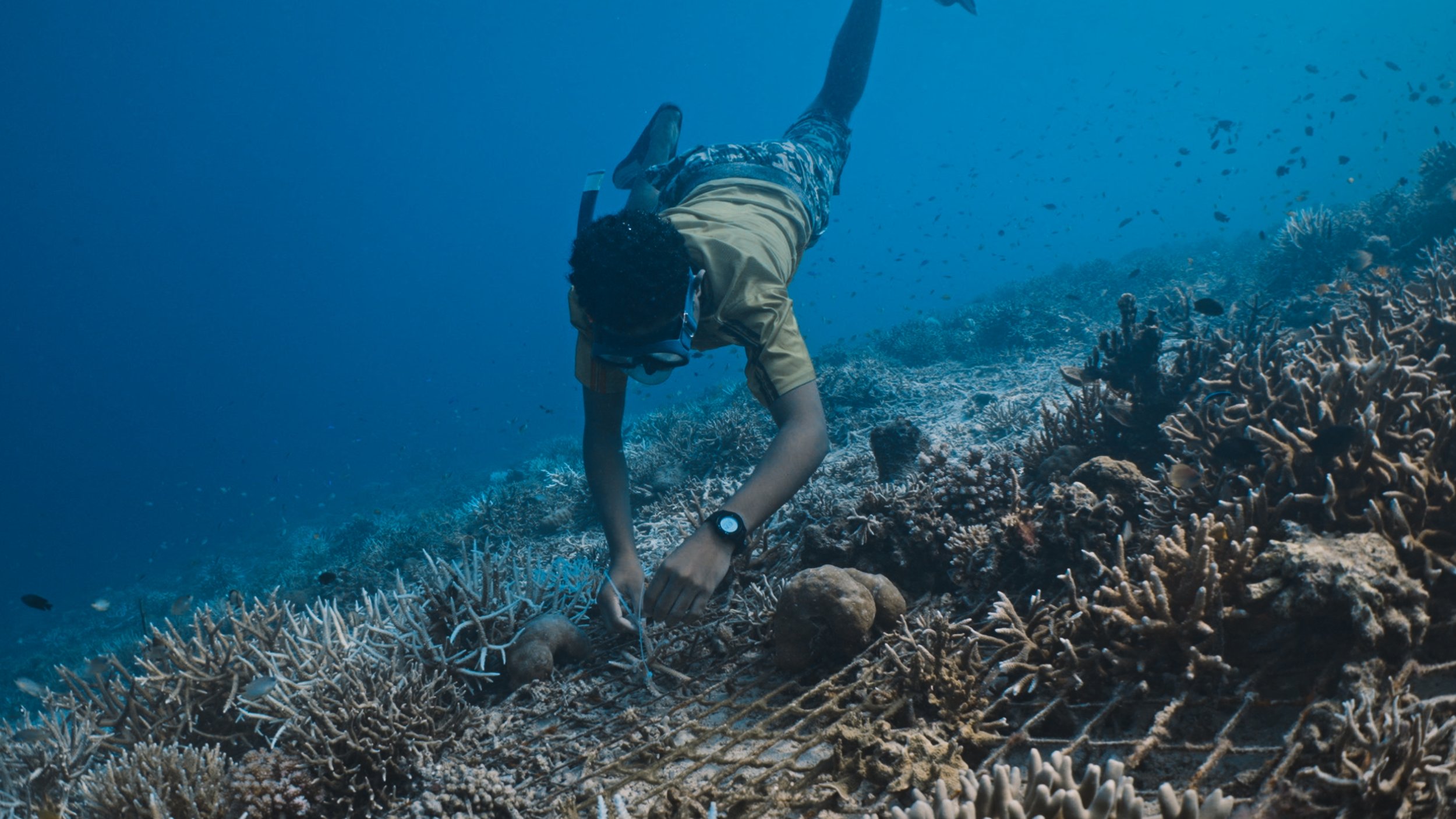
CHILD AID PAPUA
In the village of Sawinggrai on Gam Island lies a remarkable place — the Environmental School of Child Aid Papua. Raja Ampat, despite its breathtaking natural beauty, suffers from one of the lowest Human Development Index scores in Indonesia, compounded by high poverty rates and a lack of access to quality education.
Jonas Mueller, the founder of Child Aid Papua, arrived in this island archipelago over a decade ago and quickly recognized the challenges faced by local communities: limited education opportunities, a shortage of English teachers, and widespread teacher absenteeism. Determined to make a difference, he began teaching English to children and adults in the village. Seeing the positive impact, Jonas decided to take the initiative further by building a dedicated school facility to provide children with access to high-quality education.
In 2020, the school was officially recognized as a high school. Now, just five years later, it has grown to serve 43 students, offering not only traditional subjects such as English but also a strong focus on environmental education. Raja Ampat, known for its unparalleled biodiversity and dense marine life, is part of the Coral Triangle and home to many unique species. However, this once-pristine underwater paradise faces growing threats from climate change, marine pollution, and unsustainable tourism.
At the Environmental School, students learn about these pressing environmental challenges and gain knowledge of marine biology and conservation efforts. They also participate in internships focused on ecotourism and marine conservation, fostering awareness and building skills that open doors to future opportunities. Child Aid Papua’s mission is to empower the next generation of Raja Ampat, equipping them to become stewards of the ocean and protect the natural heritage of their home.
